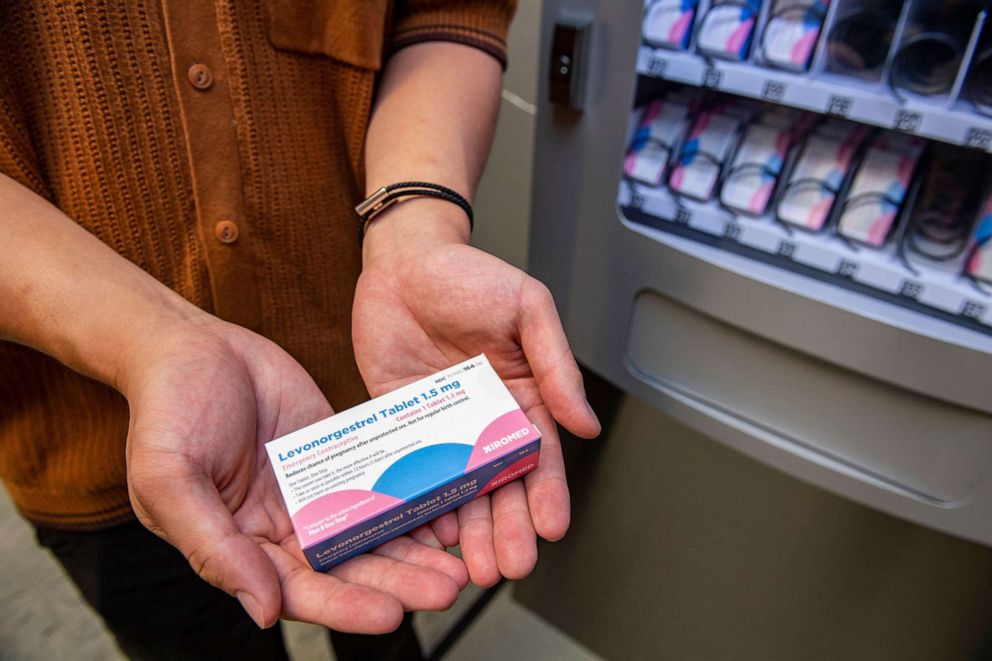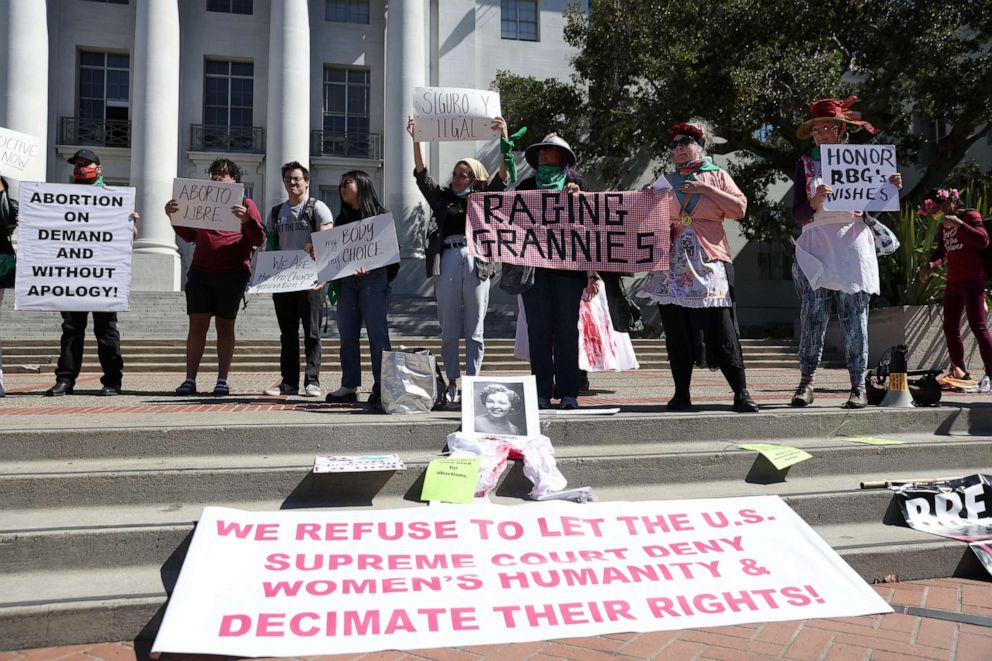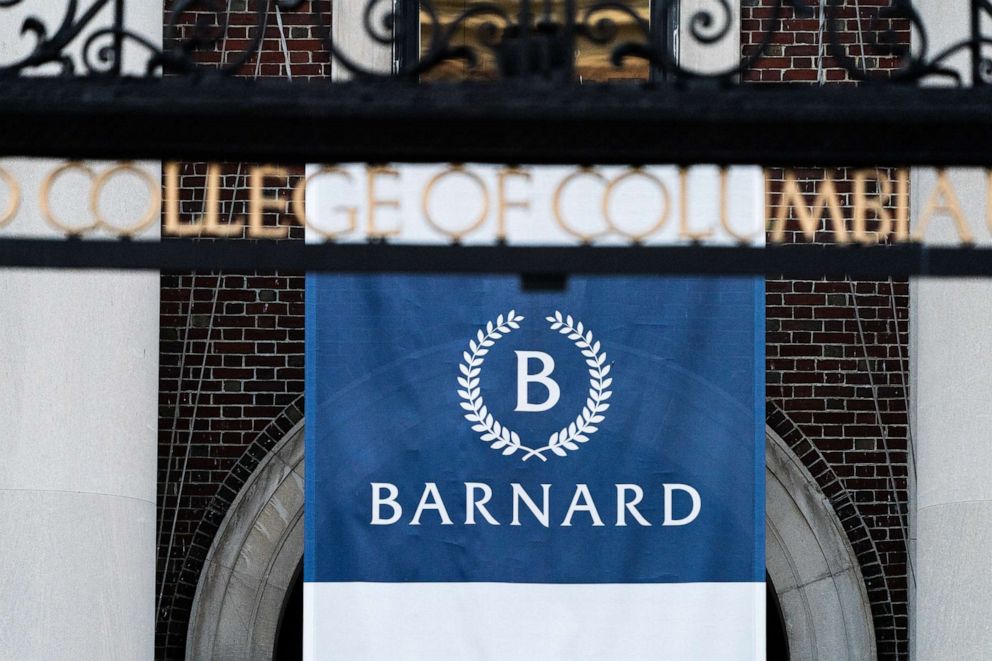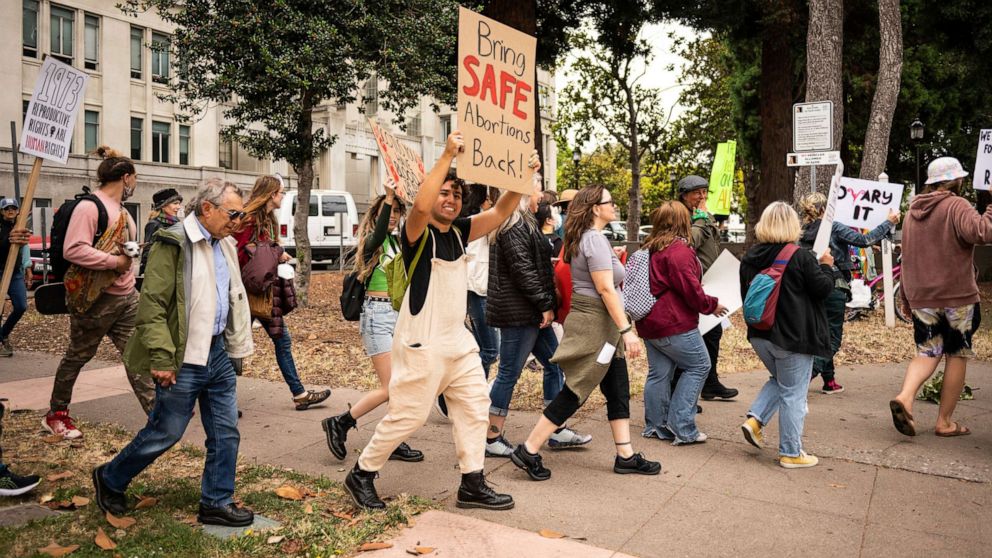Native Americans recall torture, hatred at boarding schools
By MATTHEW BROWNOctober 15, 2022

Rosalie Whirlwind Soldier talks about the abuse she suffered at a Native American boarding school on the Rosebud Sioux Reservation in Mission, S.D., Saturday, Oct. 15, 2022. Whirlwind Soldier recalled being locked in a basement at the school for weeks as a punishment. (AP Photo/Matthew Brown)
MISSION, S.D. (AP) — After her mother died when Rosalie Whirlwind Soldier was just four years old, she was put into a Native American boarding school in South Dakota and told her native Lakota language was “devil’s speak.”
She recalls being locked in a basement at St. Francis Indian Mission School for weeks as punishment for breaking the school’s strict rules. Her long braids were shorn in a deliberate effort to stamp out her cultural identify. And when she broke her leg in an accident, Whirlwind Soldier said she received shoddy care leaving her with pain and a limp that still hobbles her decades later.
“I thought there was no God, just torture and hatred,” Whirlwind Soldier testified during a Saturday event on the Rosebud Sioux Reservation led by U.S. Interior Secretary Deb Haaland, as the agency confronts the bitter legacy of a boarding school system that operated in the U.S. for more than a century.
Now 78 and still living on the reservation, Whirlwind Soldier said she was airing her horrific experiences in hopes of finally getting past them.
“The only thing they didn’t do was put us in (an oven) and gas us,” she said, comparing the treatment of Native Americans in the U.S. in the 19th and 20th centuries to the Jewish Holocaust during World War II.
“But I let it go,” she later added. “I’m going to make it.”
Saturday’s event was the third in Haaland’s yearlong “Road to Healing” initiative for victims of abuse at government-backed boarding schools, after previous stops in Oklahoma and Michigan.
Starting with the Indian Civilization Act of 1819, the U.S. enacted laws and policies to establish and support the schools. The stated goal was to “civilize” Native Americans, Alaska Natives and Native Hawaiians, but that was often carried out through abusive practices. Religious and private institutions that ran many of the schools received federal funding and were willing partners.
Most closed their doors long ago and none still exist to strip students of their identities. But some, including St. Francis, still function as schools — albeit with drastically different missions that celebrate the cultural backgrounds of their Native students.
Former St. Francis student Ruby Left Hand Bull Sanchez traveled hundreds of miles from Denver to attend Saturday’s meeting. She cried as she recalled almost being killed as a child when a nun stuffed lye soap down her throat in response to Sanchez praying in her native language.
“I want the world to know,” she said.


Ruby Left Hand Bull Sanchez holds a binder featuring a photo of the Native American boarding school she attended as a child on the Rosebud Sioux Reservation in Mission, S.D., Saturday, Oct. 15, 2022. (AP Photo/Matthew Brown)
Accompanying Haaland was Wizipan Garriott, a Rosebud Sioux member and principal deputy assistant secretary for Indian affairs. Garriott described how boarding schools were part of a long history of injustices against his people that began with the widespread extermination of their main food source — bison, also known as buffalo.
“First they took our buffalo. Then our land was taken, then our children, and then our traditional form of religion, spiritual practices,” he said. “It’s important to remember that we Lakota and other Indigenous people are still here. We can go through anything.”
The first volume of an investigative report released by the Interior Department in May identified more than boarding 400 schools that the federal government supported beginning in the late 19th century and continuing well into the 1960s. It also found at least 500 children died at some of the schools, though that number is expected to increase dramatically as research continues.

The ruins of a building that was part of a Native American boarding school on the Rosebud Sioux Reservation in Mission, S.D., are seen on Saturday, Oct. 15, 2022. Former students described mistreatment they received at the school, during a "Road to Healing" event led by U.S. Interior Secretary Deb Haaland. (AP Photo/Matthew Brown)
The National Native American Boarding School Healing Coalition says it’s tallied about 100 more schools not on the government list that were run by groups such as churches.
“They all had the same missions, the same goals: ‘Kill the Indian, save the man,’” said Lacey Kinnart, who works for the Minnesota-based coalition. For Native American children, Kinnart said the intention was “to assimilate them and steal everything Indian out of them except their blood, make them despise who they are, their culture, and forget their language.”
South Dakota had 31 of the schools including two on the Rosebud Sioux Reservation — St. Francis and the Rosebud Agency Boarding and Day School.
The Rosebud Agency school, in Mission, operated through at least 1951 on a site now home to Sinte Gleska University, where Saturday’s meeting happened.

Students from Rosebud Elementary School perform in a drum circle during a meeting about abusive conditions at Native American boarding schools at Sinte Gleska University on the Rosebud Sioux Reservation in Mission, S.D., Saturday, Oct. 15, 2022. Elders from the tribe recalled how the schools sought to stamp out their tribal identity. (AP Photo/Matthew Brown)
All that remains of the boarding school is a gutted-out building that used to house the dining hall, according to tribal members. When the building caught fire about five years ago, former student Patti Romero, 73, said she and others were on hand to cheer its destruction.
“No more worms in the chili,” said Romero, who attended the school from ages 6 to 15 and said the food was sometimes infested.
A second report is pending in the investigation into the schools launched by Haaland, herself a Laguna Pueblo from New Mexico and the first Native American cabinet secretary. It will cover burial sites, the schools’ impact on Indigenous communities and also try to account for federal funds spent on the troubled program.
Congress is considering a bill to create a boarding school “truth and healing commission,” similar to one established in Canada in 2008. It would have a broader scope than the Interior Department’s investigation into federally run boarding schools and subpoena power, if passed.

Russell Eagle Bear, with the Rosebud Sioux Reservation Tribal Council, talks to U.S. Interior Secretary Deb Haaland during a meeting about Native American boarding schools at Sinte Gleska University in Mission, S.D., Saturday, Oct. 15, 2022. Haaland has been holding events across the nation to shed light on the abuse suffered by many Native American children forced to attend the government-backed schools. (AP Photo/Matthew Brown)











:quality(70)/cloudfront-eu-central-1.images.arcpublishing.com/thenational/2Q5QOGXKSG4NCW3GFRWLWQ5A2Q.jpg)
:quality(70)/cloudfront-eu-central-1.images.arcpublishing.com/thenational/3KQVYI2PX7466VM2YSKSPGHG6M.jpg)











